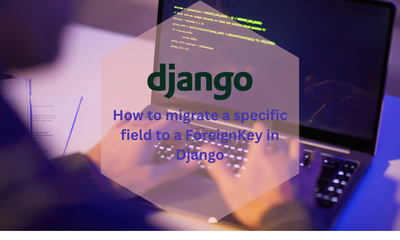By ducpm, at: 2024年6月11日9:57
Estimated Reading Time: __READING_TIME__ minutes


By ducpm, at: 2024年6月11日9:57
Estimated Reading Time: __READING_TIME__ minutes


